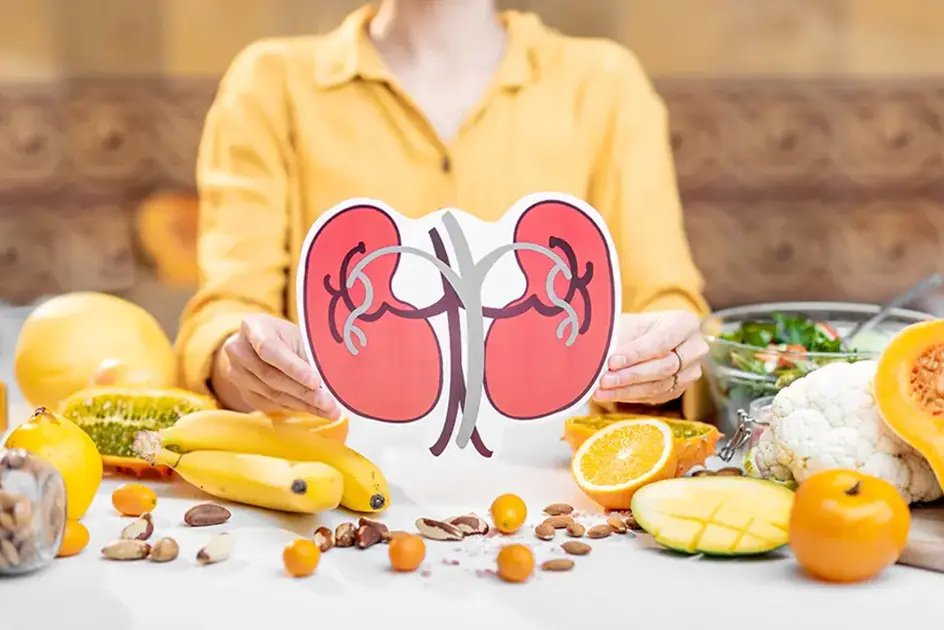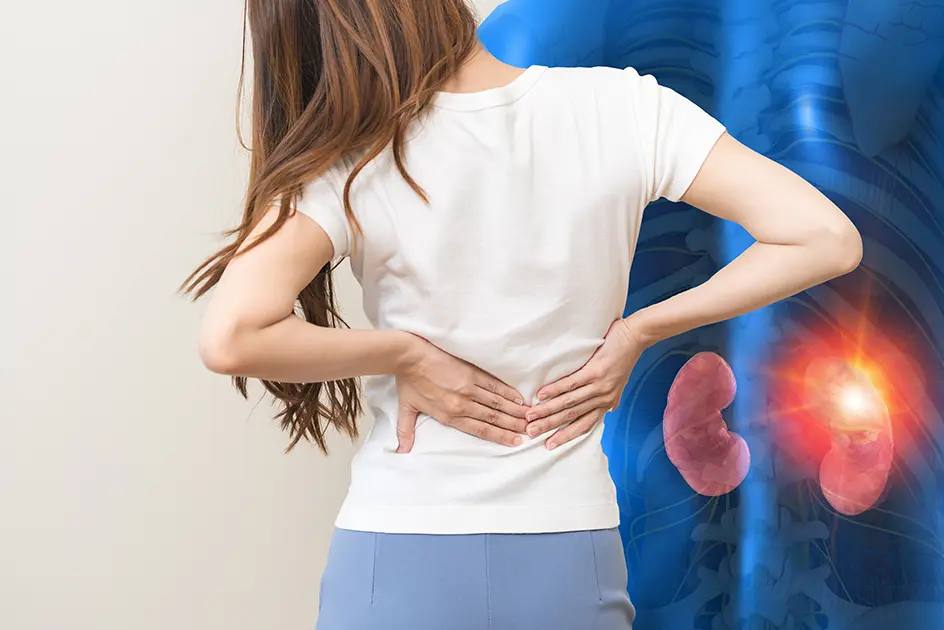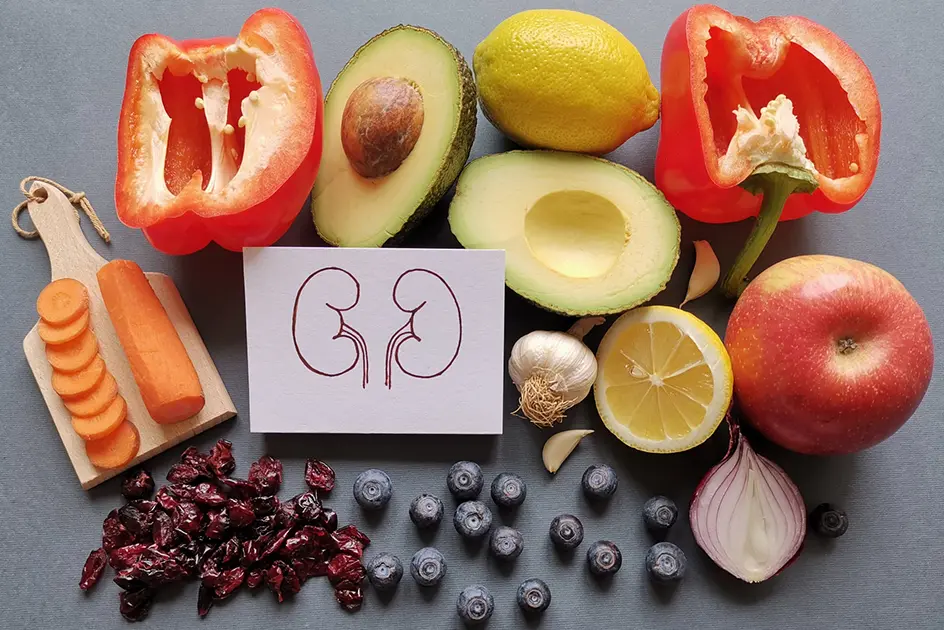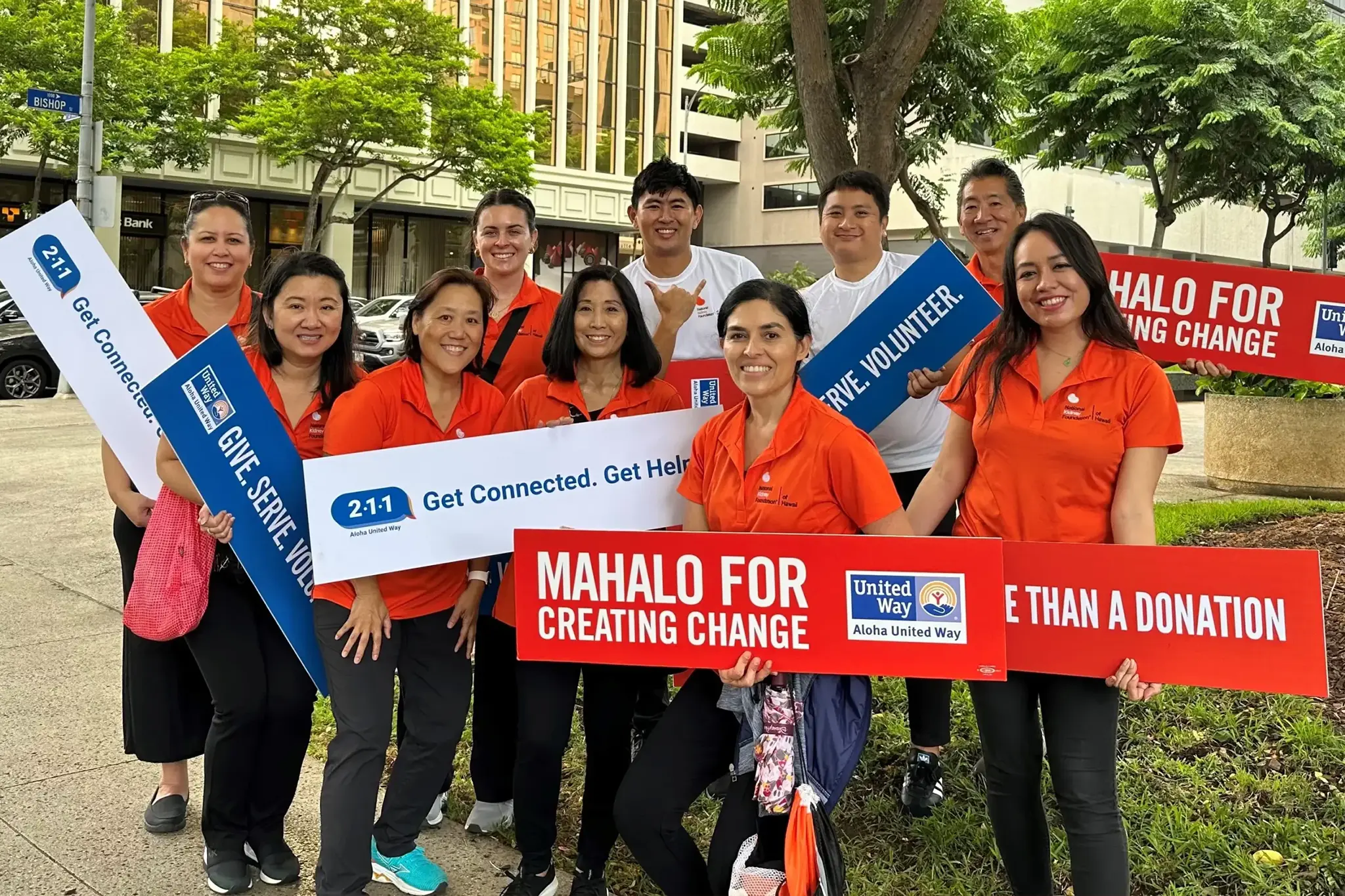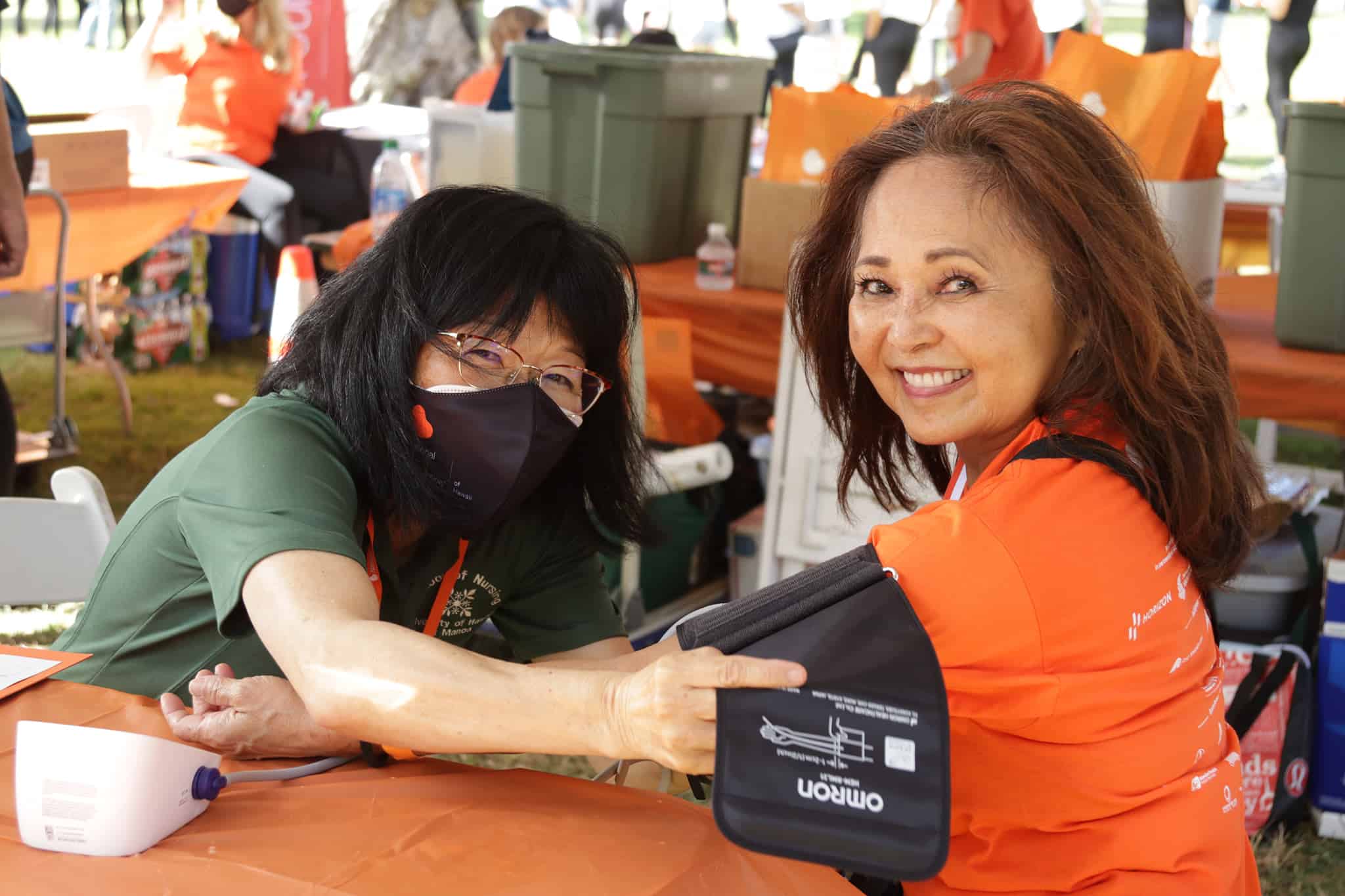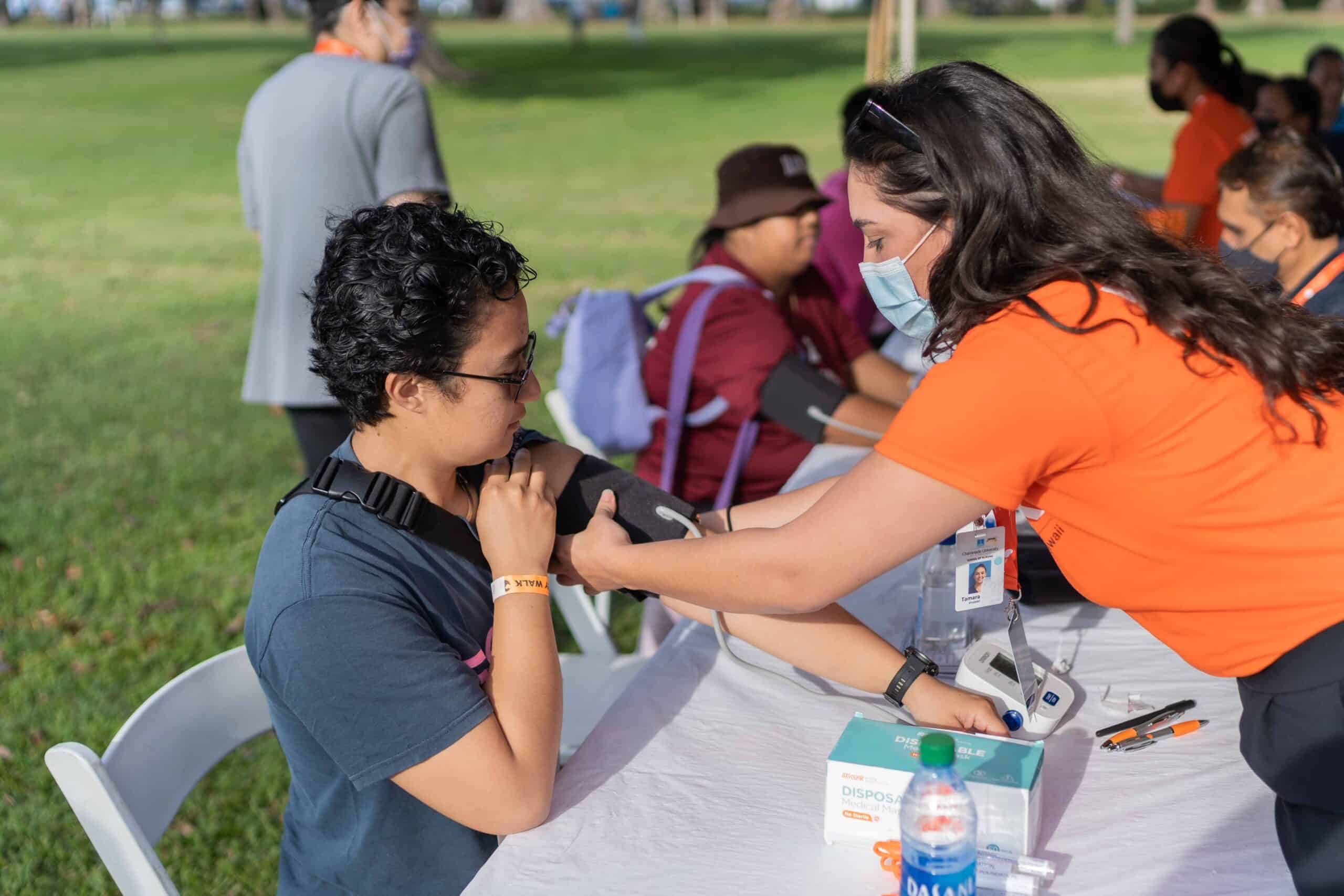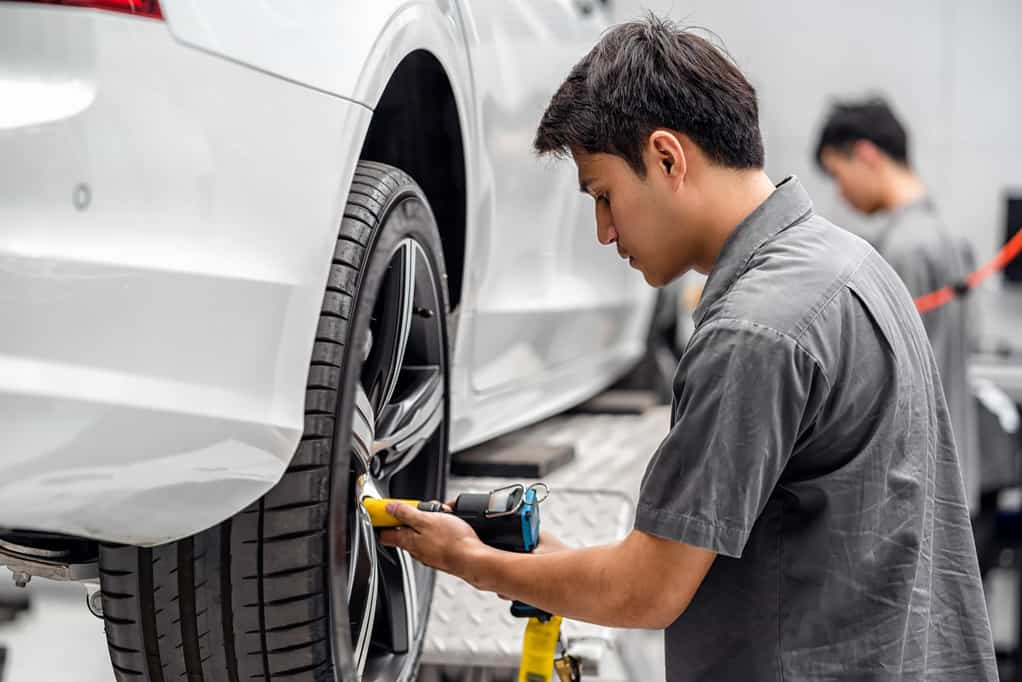Hawaii, with its unique microclimates, poses a challenging question for drivers: Are summer tires the best choice, or should they opt for all-season tires? This dilemma is rooted in Hawaii’s diverse weather patterns, where conditions can rapidly shift from dry to wet. To aid Hawaii residents in making an informed decision, we delve into three critical factors to consider when choosing between summer and all-season tires.
1. Cost and Quality: Balancing Affordability and Performance
The price of tires is a primary consideration. Generally, investing more can yield better quality, but this doesn’t mean overlooking discounts and rebates. Periodically, top-notch tires are available at reduced prices. For Hawaii residents, it’s vital to weigh the cost against the performance and longevity of the tire. Remember, a higher price doesn’t always guarantee superior quality, but it often indicates better materials and technology used in the tire’s construction.
2. Stopping Distance in Varied Conditions: A Key Safety Measure
In Hawaii, where sudden stops are common due to tourists and unpredictable road scenarios, the stopping distance of a tire in both dry and wet conditions is crucial. This factor can be the difference between a safe stop and a potential accident. It’s essential to research and compare the stopping distances (from 50mph to 0mph) of different tires. This information, often found in professional reviews and consumer reports, is a reliable indicator of a tire’s safety performance.
3. Treadwear and Longevity: Ensuring Safety and Environmental Responsibility
Treadwear is a significant factor influencing both safety and cost-effectiveness. Tires with longer-lasting tread not only provide better stopping power over time but also reduce the frequency of replacements, benefiting both the wallet and the environment. According to AAA research, tires should be replaced when the tread depth reaches 4/32 inches, as stopping distances degrade significantly beyond this point.
UTQG Grades: Understanding Tire Quality
When researching tires, the Uniform Tire Quality Grading (UTQG) system can be a helpful tool. This system provides scores for treadwear grades, traction grades, and temperature grades. However, it’s important to remember that these grades can only be compared within the same brand, as each manufacturer conducts their own tests under different conditions.
Summer or All-Season Tires in Hawaii?
In Hawaii’s all-summer climate, both summer and all-season tires can be viable options. It’s important to note that “all-season” tires often refer to suitability for three seasons, excluding winter. This makes them a particularly suitable option for Hawaii, where winter conditions like snow and ice are rare, but sudden weather changes are common. All-season tires are designed to perform well in a variety of conditions, including wet roads and mild dry weather, making them adaptable to Hawaii’s diverse microclimates. The choice largely depends on individual needs and preferences. If you find an all-season tire with excellent wet and dry stopping distances and robust tread life at a good price, it might be the perfect fit for Hawaii’s variable weather. Similarly, a high-quality summer tire offering superior performance in dry conditions but also great performance in wet conditions and a reasonable tread life could be equally suitable. In conclusion, when choosing between summer and all-season tires in Hawaii, consider the cost, stopping distance, and treadwear. By carefully evaluating these factors, Hawaii drivers can make a choice that ensures safety, performance, and value in the island’s unique driving environment.

